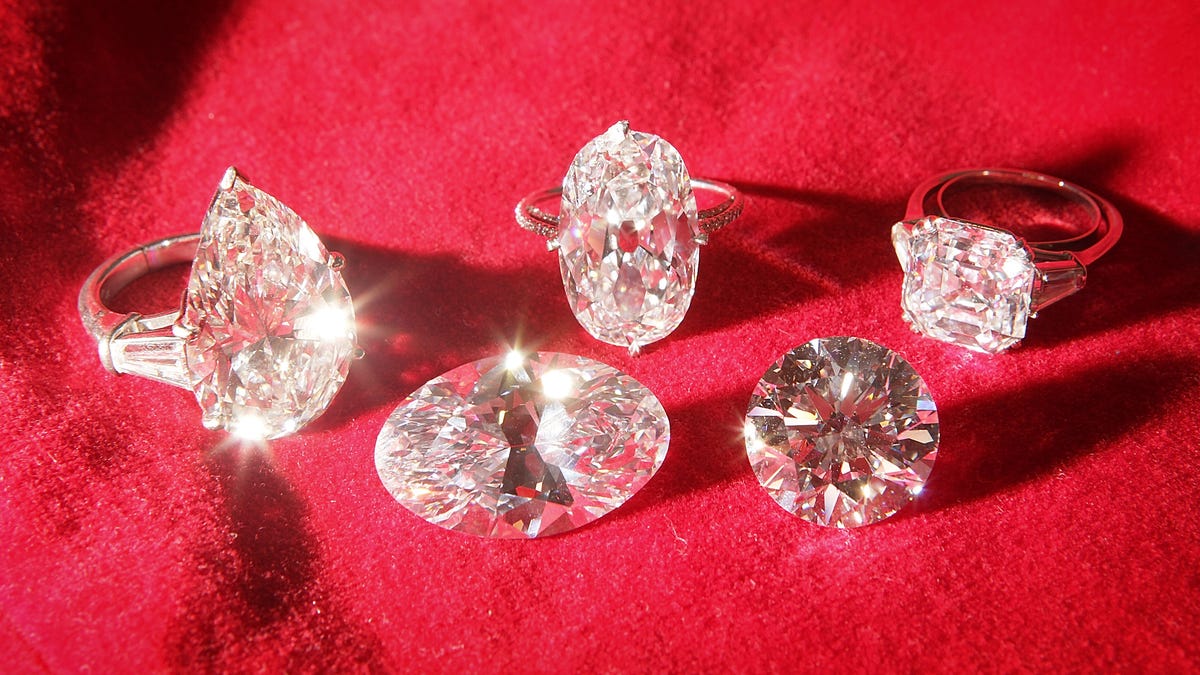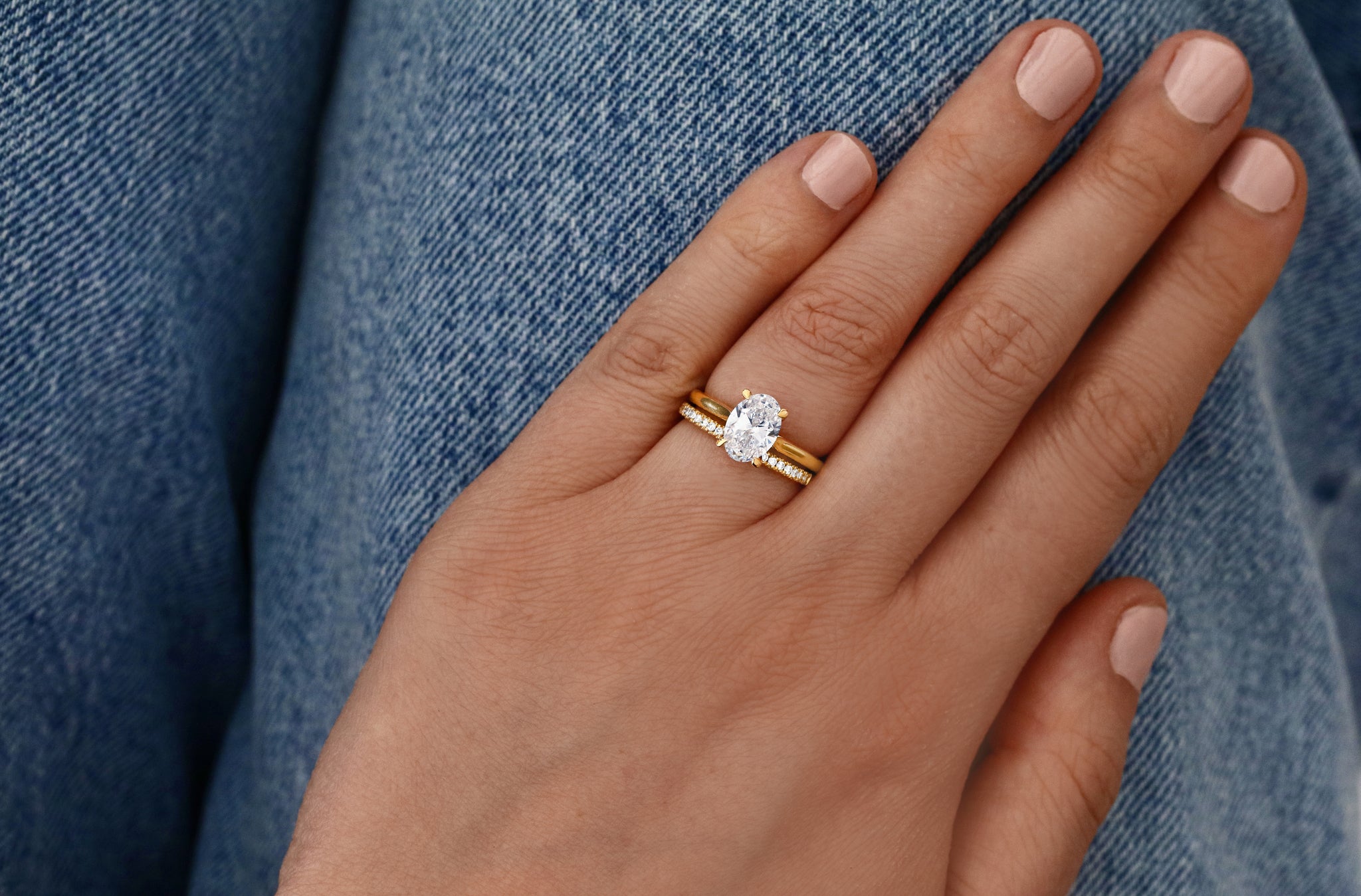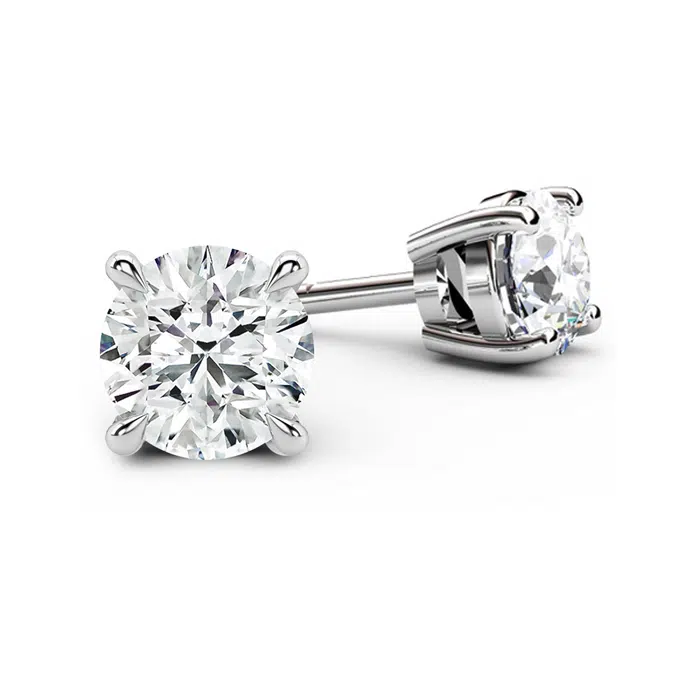In the realm of luxury and sustainability, lab created diamonds are forever have emerged as a remarkable alternative to mined diamonds. These exquisite gems, crafted through advanced technological processes, offer a brilliance and allure that rival natural diamonds, while also championing ethical and environmental values.
Table of Contents
The Science Behind Lab Created Diamonds
Lab created diamonds, also known as synthetic diamonds or cultured diamonds, are grown in controlled laboratory environments that replicate the natural conditions under which diamonds form in the Earth’s mantle. This process typically involves two primary methods: High Pressure-High Temperature (HPHT) and Chemical Vapor Deposition (CVD).
HPHT Method: Mimics the natural diamond formation process by subjecting carbon to high pressure and temperature, allowing it to crystallize into a diamond over time.
CVD Method: Involves the deposition of carbon atoms onto a substrate in a plasma environment, forming a diamond crystal layer by layer.
Quality and Characteristics
One of the most compelling aspects of lab created diamonds is their exceptional quality. These diamonds possess the same physical, chemical, and optical properties as natural diamonds, including hardness, refractive index, and brilliance. They are graded using the same criteria as mined diamonds by reputable gemological laboratories like the Gemological Institute of America (GIA).
Clarity and Color: Lab created diamonds often exhibit superior clarity and color consistency compared to natural diamonds, due to the controlled growth environment.
Cut and Carat: They are available in a variety of cuts and sizes, catering to diverse preferences and jewelry designs.
Sustainability and Ethical Advantages
Beyond their undeniable beauty, lab created diamonds represent a conscientious choice for environmentally and socially responsible consumers. By opting for lab created diamonds, individuals contribute to:
Environmental Preservation: These diamonds require significantly less energy and have a minimal impact on ecosystems compared to diamond mining.
Ethical Sourcing: They are free from the ethical concerns associated with mining, such as forced labor and conflict financing.
Cost Considerations and Affordability
Contrary to misconceptions, lab created diamonds are often more affordable than their natural counterparts. This accessibility stems from advancements in production technology and the efficiency of the manufacturing process. Consumers can enjoy the luxury of a diamond without compromising on budget or principles.
Versatility in Jewelry Design
The versatility of lab created diamonds extends beyond their ethical and economic benefits. They have become a preferred choice for crafting exquisite jewelry pieces that range from engagement rings to statement earrings. Designers and jewelers embrace these diamonds for their consistency and adaptability, allowing for innovative and personalized creations.
Consumer Confidence and Certification
To ensure transparency and uphold consumer confidence, reputable lab created diamond providers offer certifications from recognized gemological laboratories. These certifications verify the authenticity and quality of the diamonds, assuring buyers of their investment’s value and integrity.
Conclusion: Embracing the Future of Diamonds
In conclusion, lab created diamonds represent more than just a beautiful gemstone—they embody progress, sustainability, and innovation in the jewelry industry. As technology continues to evolve, so too does our ability to create lab grown diamonds that meet the highest standards of beauty and responsibility.
Whether you are drawn to their ethical allure, their exquisite brilliance, or their environmental benefits, lab created diamonds offer a compelling choice that transcends traditional notions of luxury. By choosing lab created diamonds, you not only adorn yourself with a timeless treasure but also contribute to a brighter, more sustainable future.







